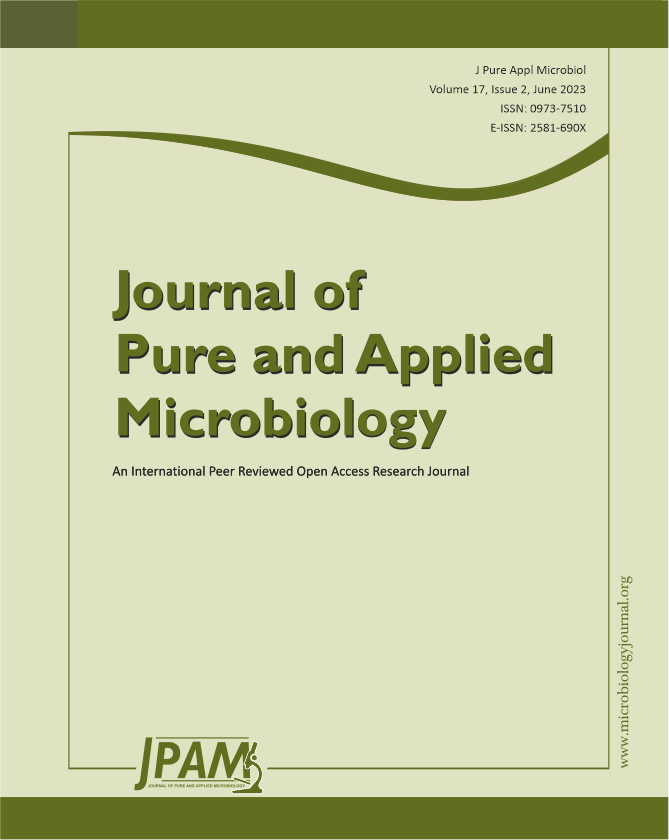This study aims to determine the types of causative organism, the utility of synovial procalcitonin (PCT), C-Reactive Protein (CRP) and bacterial 16S rRNA gene-based RT-PCR and their comparison with conventional culture results in patients with clinically-suspected SA. A total of 38 patients were recruited in this cross-sectional study for performing synovial PCT and CRP assay, and bacterial gDNA quantification via RT-PCT. Records of culture results, WBC count, ESR, blood CRP, and antibiotic administration were obtained. Gross appearance and viscosity determination are significantly associated with the bacterial load. This study documents Acinetobacter radioresistens and Klebsiella pneumoniae bacteria as causative pathogens of SA in Malaysia. CRP and ESR showed a significant role in diagnosing SA. Reasons for finding no concordance between conventional culture methods and 16S rDNA RT-PCR as well as synovial PCT were comprehensively reviewed. Gross appearance and viscosity showed a significant relationship with the bacterial load. RT-PCR is useful in patients treated with antimicrobial therapy with negative culture results.RT-PCR has speed and accuracy compared to conventional culture. Awareness of Klebsiella pneumoniae and Acinetobacter radioresistens as causative bacteria should be prompted among clinicians particularly at local, regional as well as international levels. Developing guidelines for including 16S rRNA gene RT-PCR and introducing Digital PCR and next-generation sequencing to detect and identify bacterial species in diagnosing SA is recommended.
Septic Arthritis, Procalcitonin, 16S rRNA Gene, RT-PCR
© The Author(s) 2023. Open Access. This article is distributed under the terms of the Creative Commons Attribution 4.0 International License which permits unrestricted use, sharing, distribution, and reproduction in any medium, provided you give appropriate credit to the original author(s) and the source, provide a link to the Creative Commons license, and indicate if changes were made.


